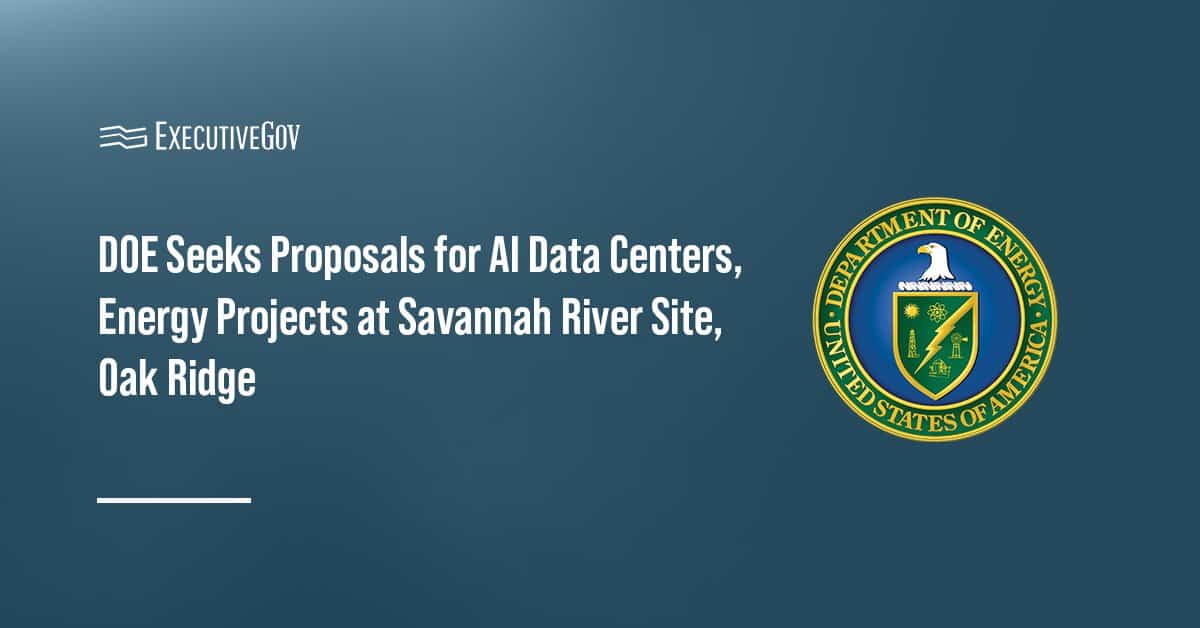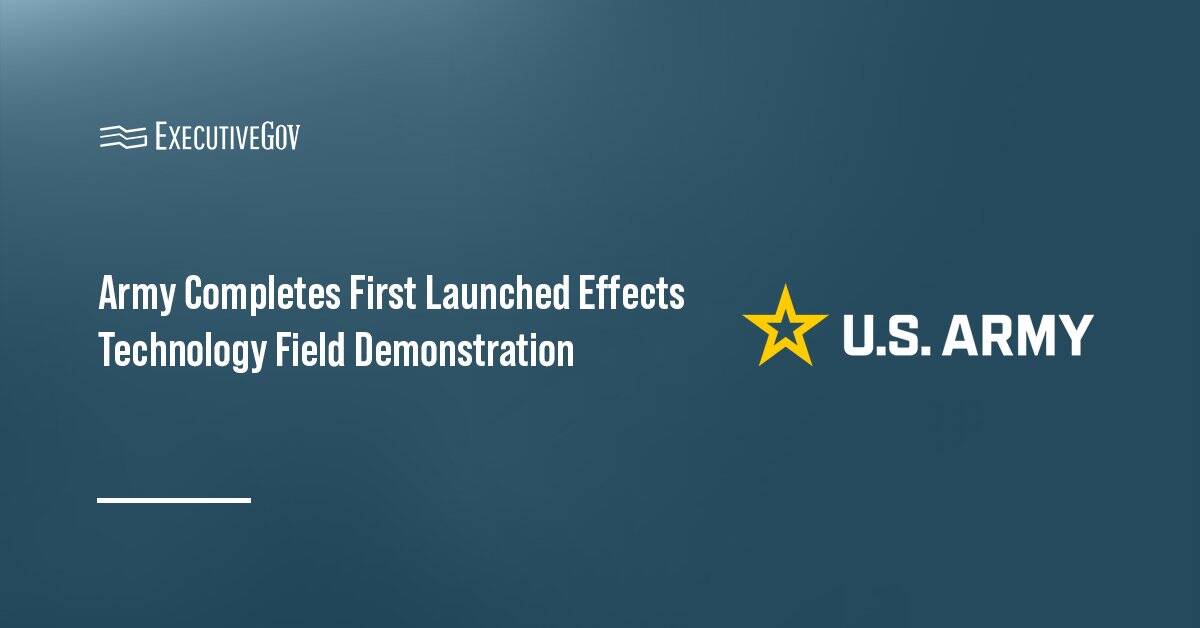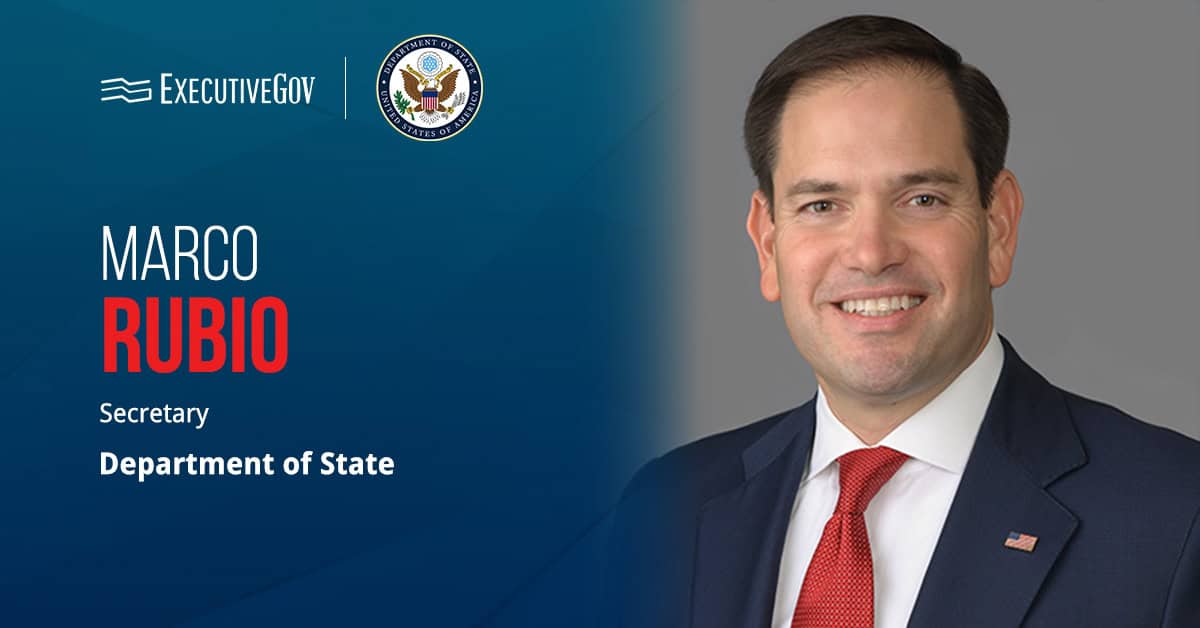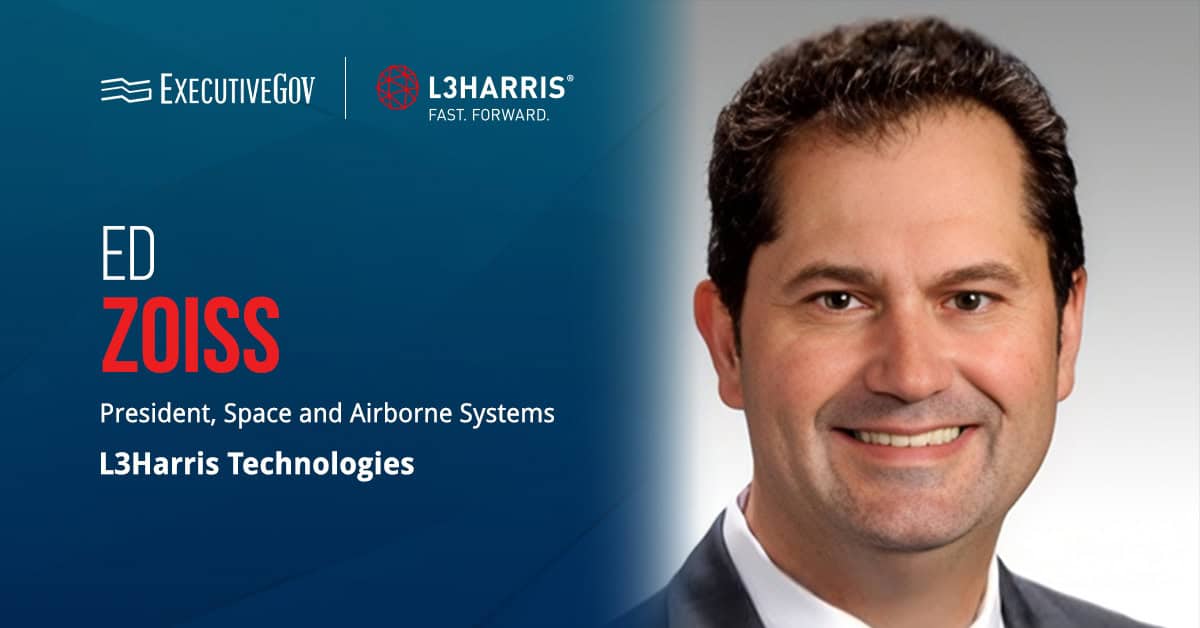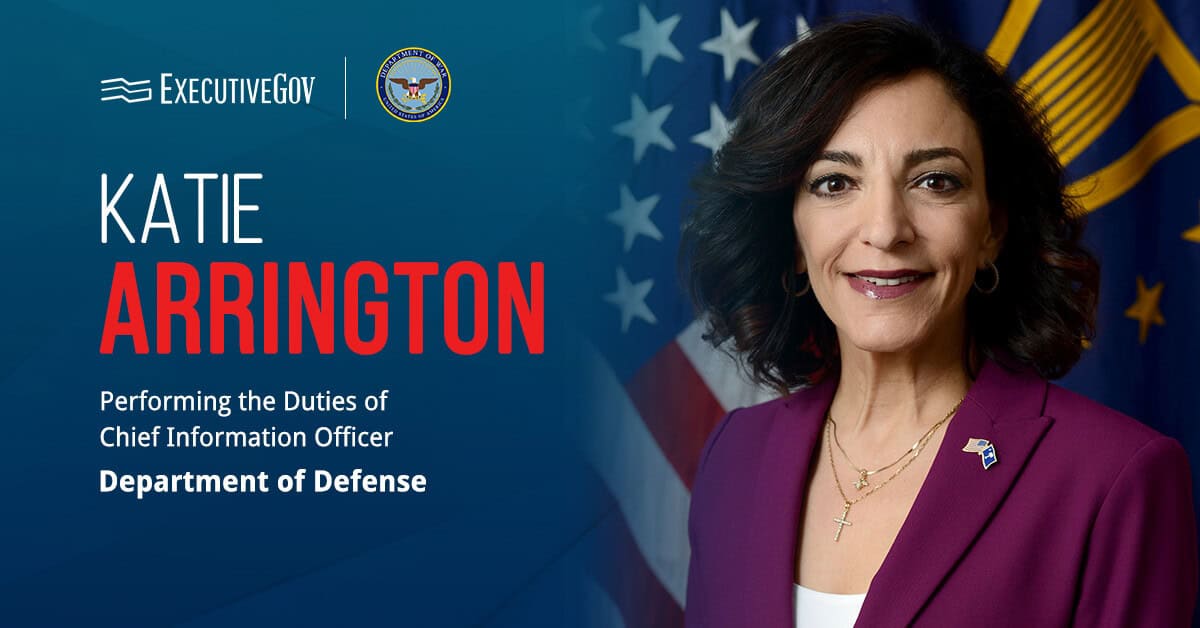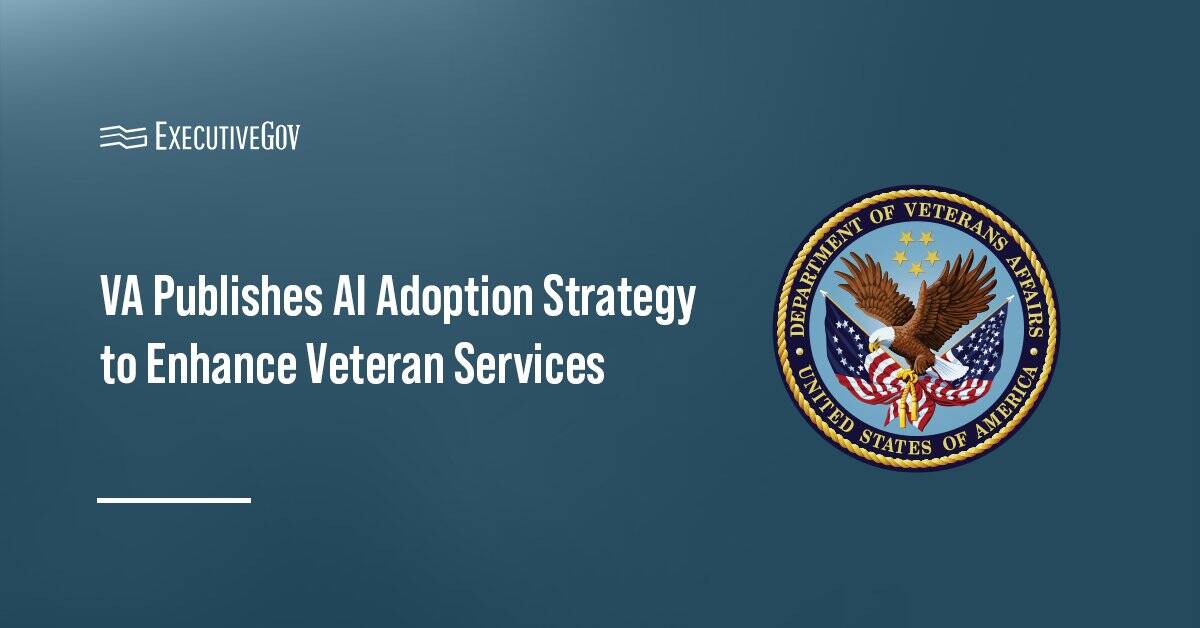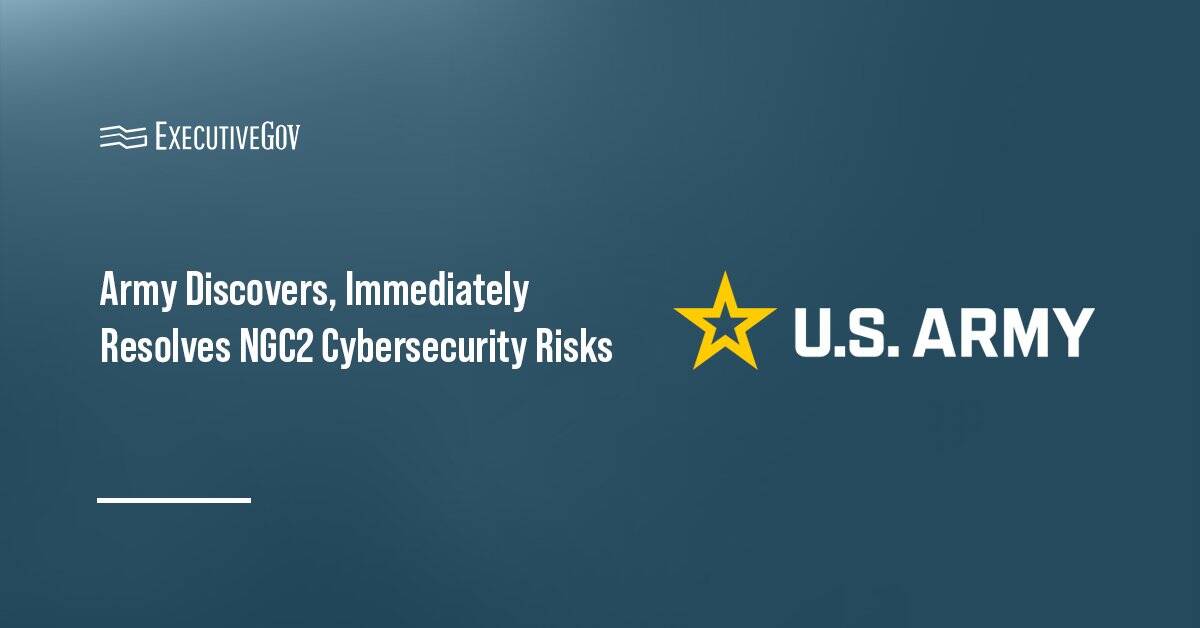The Department of Energy has opened new opportunities for private sector partners to develop artificial intelligence data centers and energy generation projects on federal land. Requests for proposals issued this week cover projects at the Savannah River Site in South Carolina and the Oak Ridge Reservation in Tennessee, DOE said Tuesday.
The solicitations align with executive orders aimed at advancing U.S. leadership in both AI and energy development by leveraging federal land for the rapid deployment of next-generation data and power infrastructure.
Table of Contents
Savannah River Site Opportunities
At Savannah River Site, the National Nuclear Security Administration has identified 10 land tracts totaling more than 3,100 acres for potential development. Proposals may integrate innovative energy generation and storage with AI data center construction. Selected organizations will enter into one or more long-term leases and assume full responsibility for building, operating and decommissioning infrastructure projects.
Proposals will be evaluated on technological maturity, financial feasibility and regulatory compliance plans. To support interested bidders, NNSA will host a virtual industry day for an overview of requirements and the submission process.
NNSA will accept responses to the RFP until Dec. 5.
Oak Ridge Reservation Projects
DOE’s Office of Science and Office of Environmental Management issued a parallel RFP for Oak Ridge Reservation. Two parcels of land are available for the AI and energy generation projects: one at the East Tennessee Technology Park and another adjacent to Oak Ridge National Laboratory.
“As one of the original Manhattan Project sites, Oak Ridge is now poised to play a role in what has been dubbed Manhattan Project 2.0 as the Department ushers in a golden era of American energy to fuel the AI race,” said DOE Acting Assistant Secretary for Environmental Management Joel Bradburne. “This is the next step forward in the transformation from nuclear remediation site to nuclear renaissance hub.”
As with Savannah River, industry partners must fund and manage all aspects of construction, operations and decommissioning, as well as obtain necessary interconnection agreements.
Proposals for Oak Ridge are due Dec. 1, with an industry day and site tours scheduled for Oct.15.
The Savannah River Site and the Oak Ridge Reservation are two of the four federal sites designated for AI and energy initiatives involving private sector partners.


